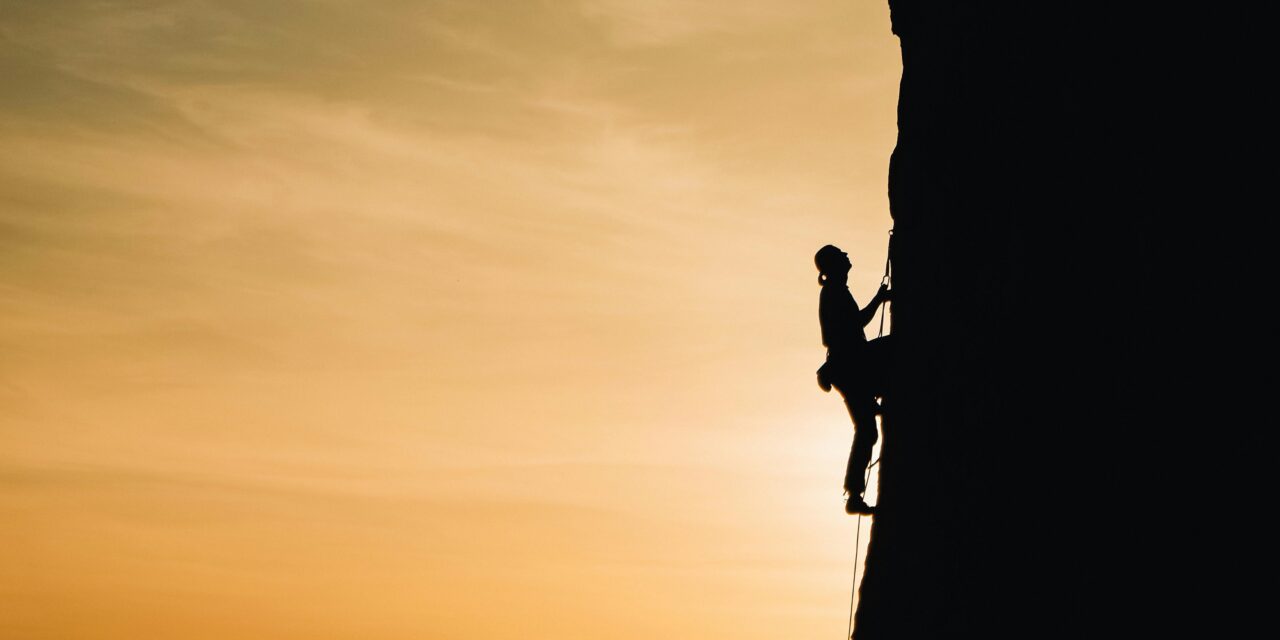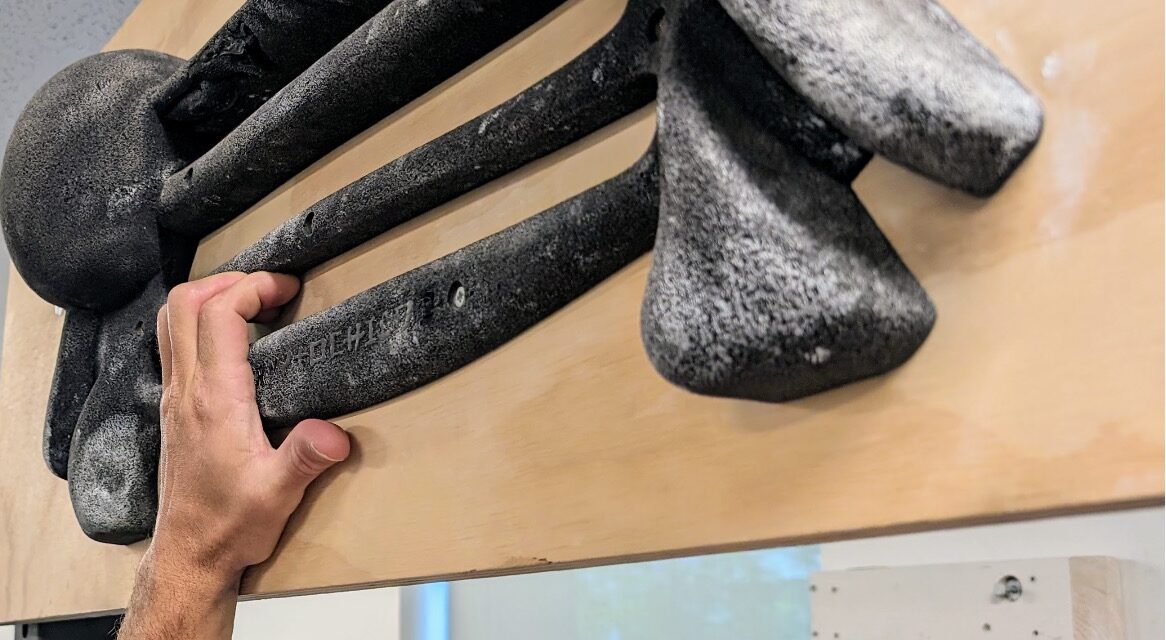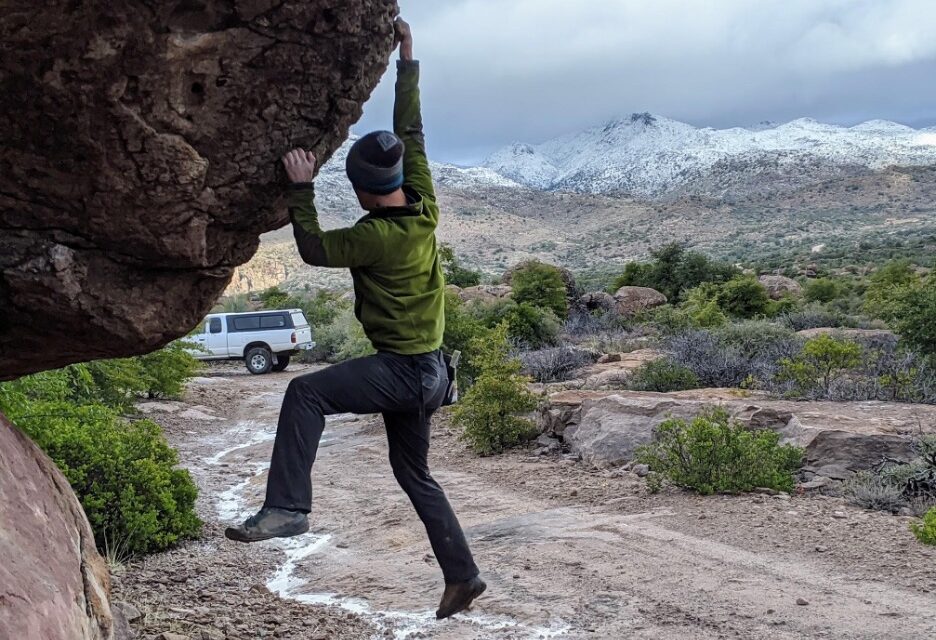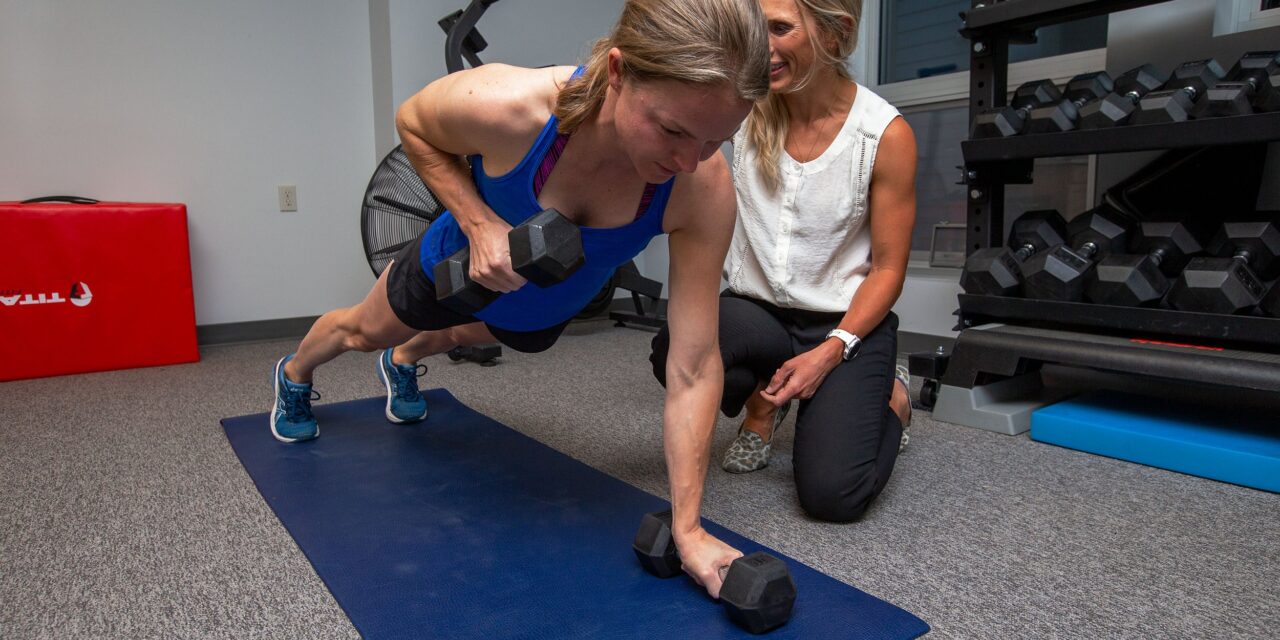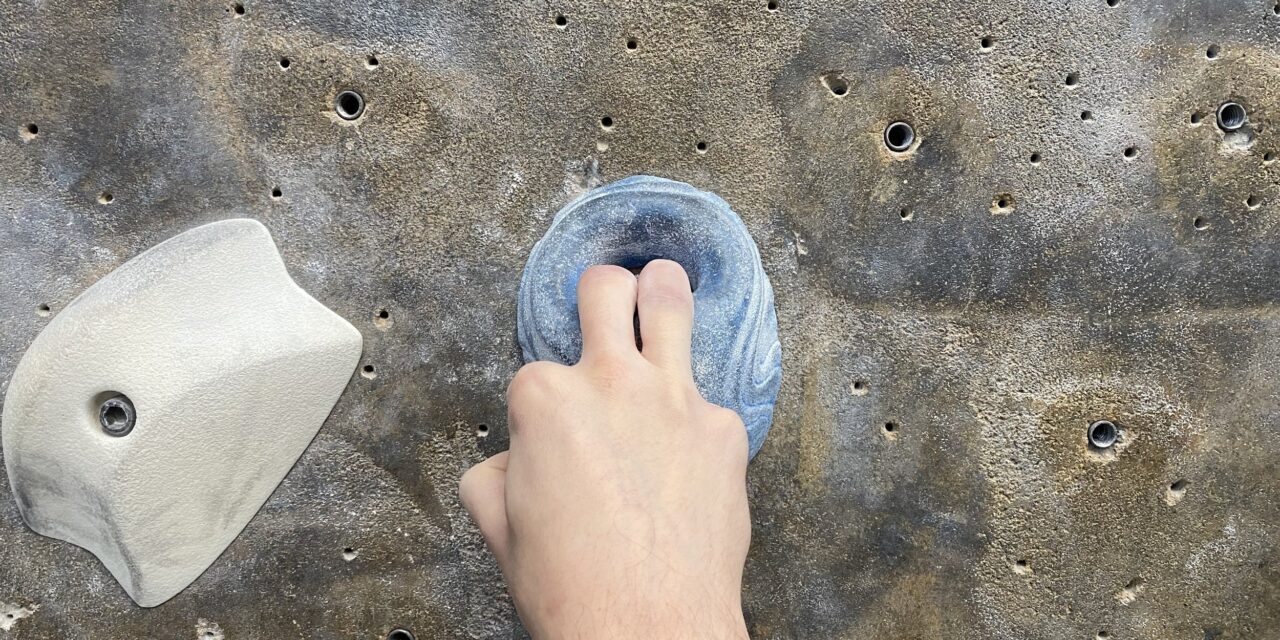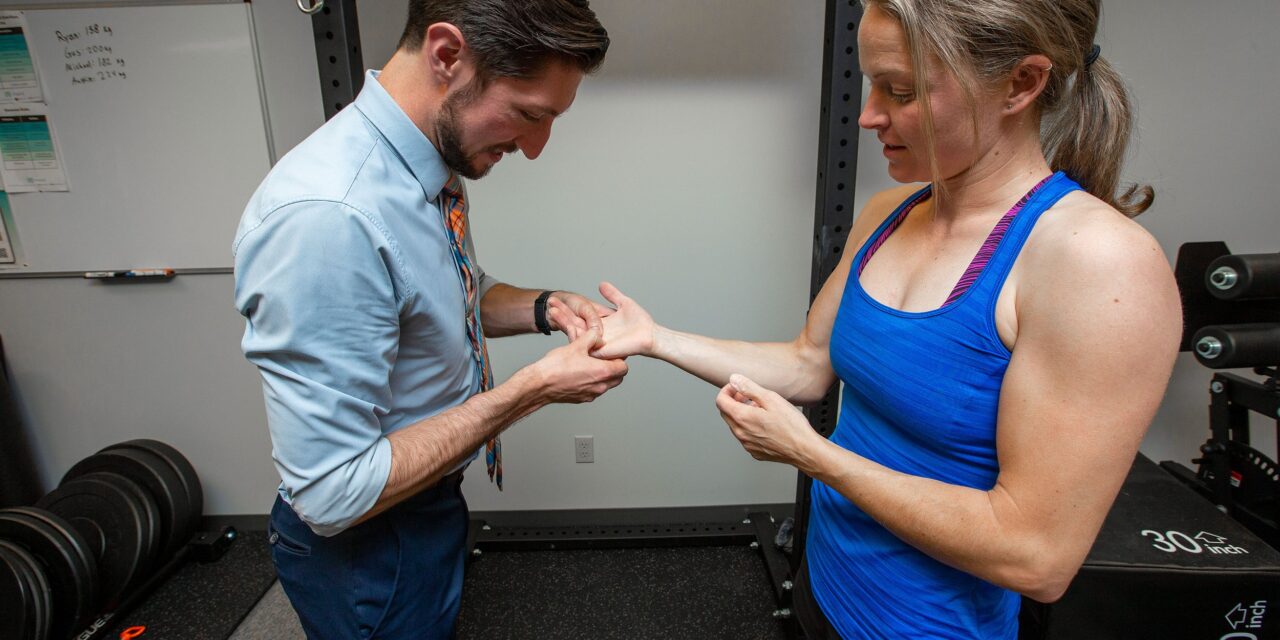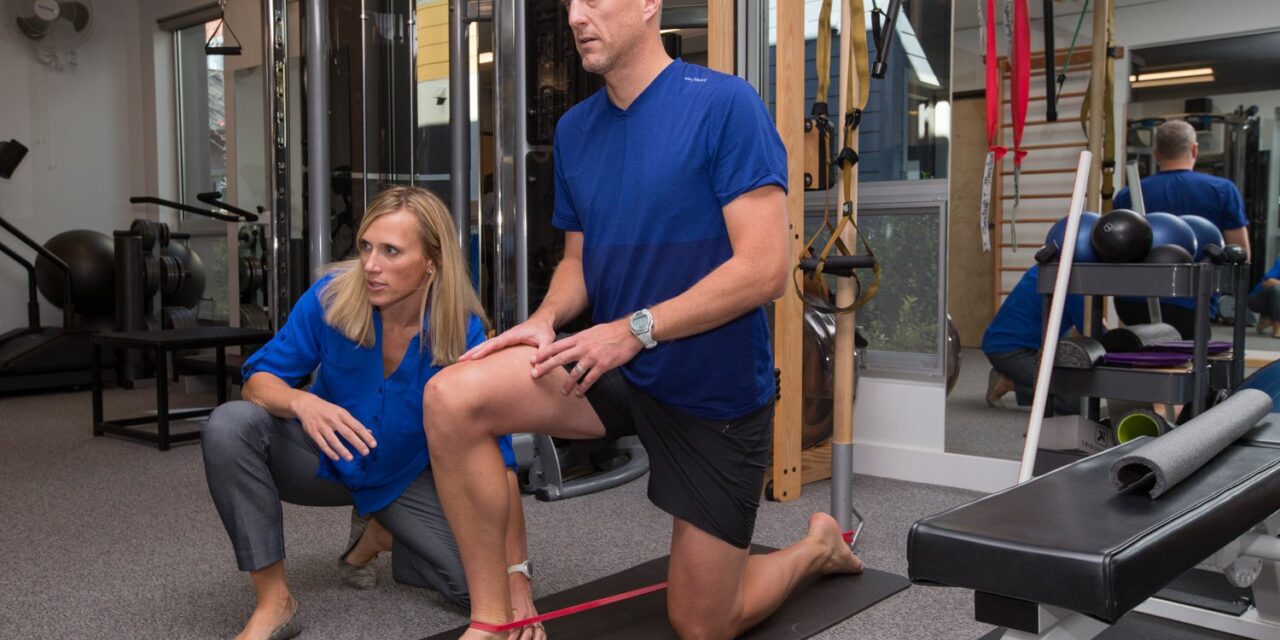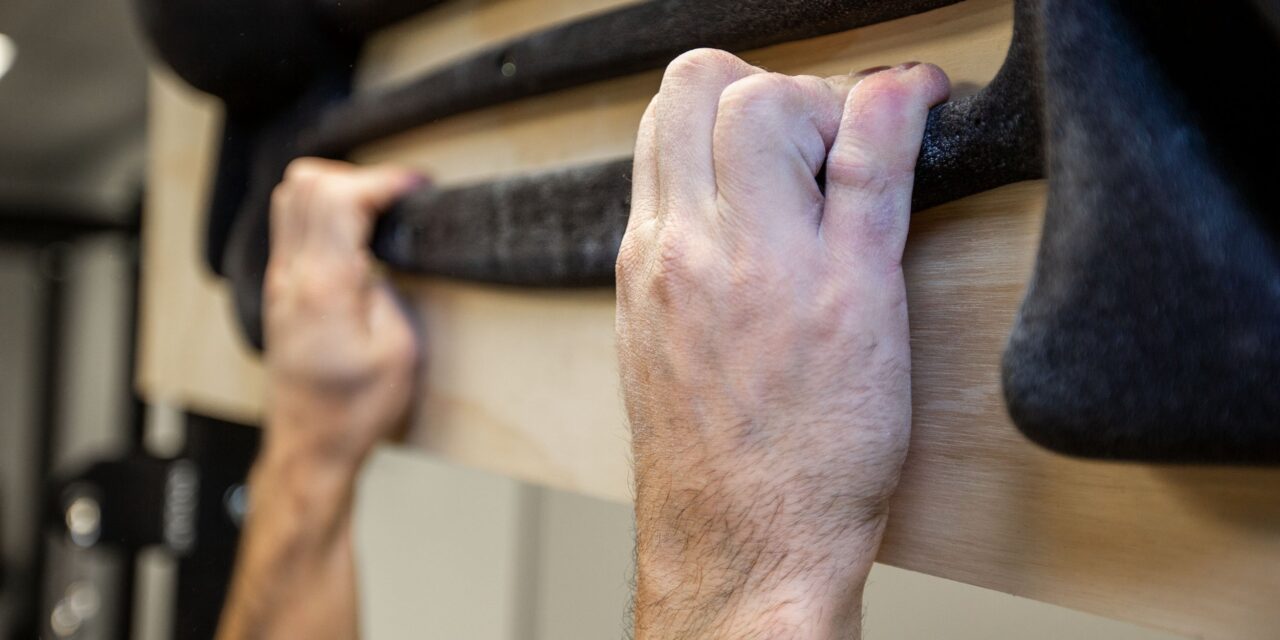Overtraining In Rock Climbing
Overtraining syndrome (OTS) is a condition that arises from an imbalance between training, recovery, and the body’s ability to adapt. In the context of rock climbing, which is a demanding sport requiring strength, endurance, and mental acuity, recognizing the signs and symptoms of OTS can help to avoid injury and setbacks in reaching goals ....

